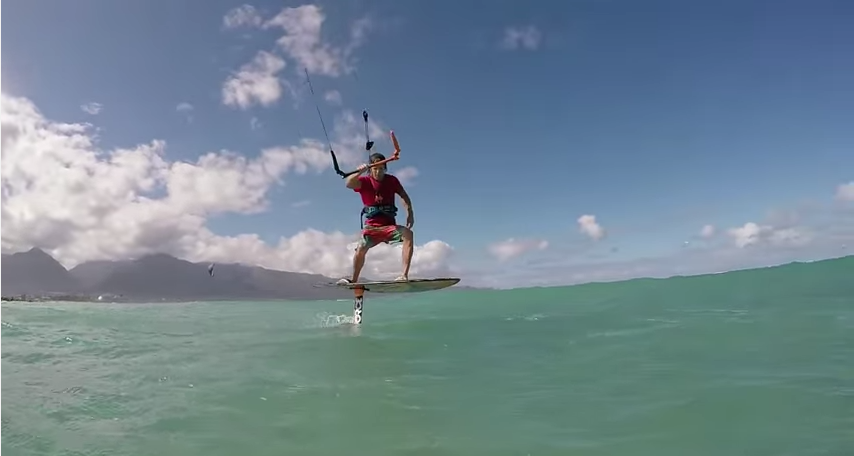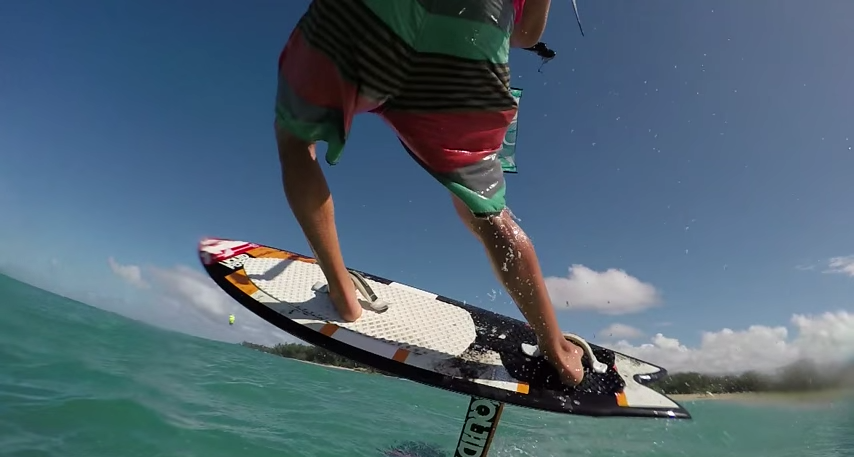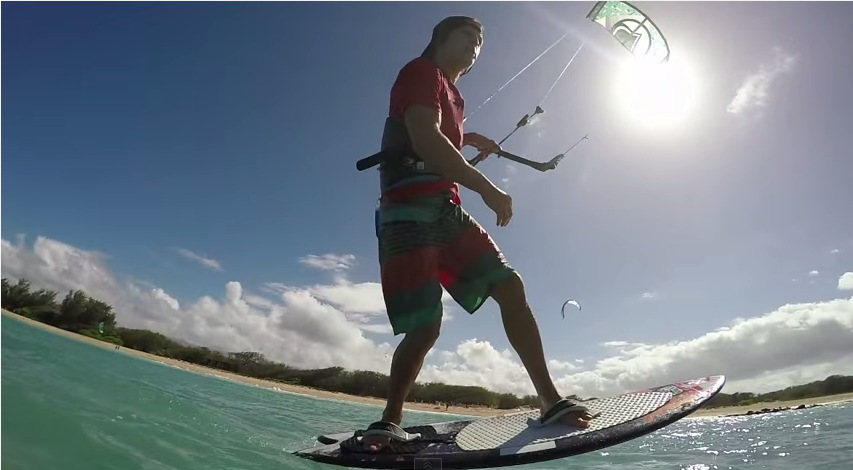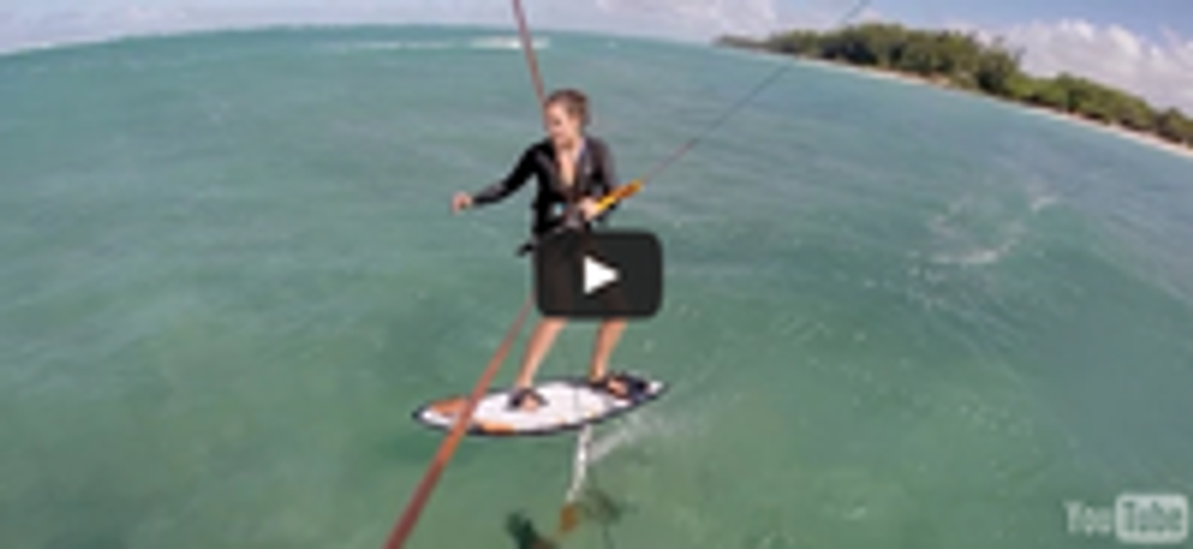Liquid Force Introduces Foilboarding Basics on the Foil Fish
Liquid Force's How-To Foilboard Tutorial - Video #2
Have you checked out our blog post on Liquid Force's first video on how to foilboard, featuring LF's Foil Fish? If you have, and you're thinking, "Hmm..this is great, but I need to learn more about improving my footing to really make that foilboarding a sick ride." Well, rejoin Liquid Force's Siskar, Sensi Graves, and other LF team riders on a journey to advance your riding technique. Liquid Force's video will give you some tips for proper body positioning, how to use the stop and drop technique to change your direction, and how to toe-side turn.
Proper Body Positioning
When it comes to foilboarding, it's always recommended to ditch the muscle memory of kiteboarding. Riding a hydrofoil is actually counter-intuitive and it will be more detrimental to your ride if you continue with a kiteboarding mindset. The biggest mistake that beginning riders make is trying to ride and edge off of the back foot. Though the back foot does play a part in maintaining positioning, if you're looking for that long controlled ride, you need to use your front foot to keep your body weight forward and center. Engaging in riding the foil take two basic shifts of weight and pressure - when you harmonize these two keys, you're looking at the sweet success of properly riding a hydrofoil. If you have too much of one or the other, you're going to be feeling that bucking bronco ride (which is never fun).
Properly control foilboarding requires weight on the front foot, with the hips and back legs driving you forward. This will cause the foil to remain low in the water. If you put all of your weight on your back leg, your foil will begin to rise, increasing the chance of wipeouts. If you're looking to engage your foil and create lift, a quick back foot pressure is needed, but then it should be immediately sent back to that forward foot positioning. In the beginning, you may feel a little strange putting so much front foot pressure on your foilboard. Liquid Force claims that, if you feel like it's strange, you're probably not putting enough front weight onto the board.
Stop and Drop
Liquid Force recommends the stop and drop method when first learning to change directions on a foilboard. It's similar to a water start, but you fall back into the water (as gently as possible). Then, you change your positioning to follow the wind. You might find that, when you're foilboarding, that the unnatural stance may feel better than your natural stance.
Toe-Side Turning
After you're feeling comfortable with long rides and the stop and drop turning method, you can advance to toe-side turning. Once you're on a foil, you can find that riding downwind can be a bit of a challenge. Learning the toe-side turn will help with down wind riding for continuous foiling. The toe-side stance mirrors the heel-side with front foot pressure. You'll notice that toe-side turning will be better with the front foot pressure, but you'll also want to be sure to keep yourself upright to maintain balance. In the learning of toe-side turns, start with down wind "S" turns. Once comfortable, the next step is to turn your kite and follow all the way through the turn. At first, don't worry about staying on the foil. Once your direction has changed, you can pop back up to continue your ride. To keep line tension while turning, you're going to have to cross through the wind window in a more aggressive manner on your foil. Once you've mastered toe-side turning, you can enjoy the advanced art of free ride kite hydrofoiling.
Tips and Tidbits:
- Liquid Force recommends putting your back hand on your control bar as you move forward with the foilboard. This will help open your body for better control.
- When you start to get more accustomed to the foil, and you're getting longer rides, you want to be sure to be conscious of the height of your ride. A mid-mast waterline gives the most margin for error, while having your board too low causes contact with the water and unwanted drag. Riding too high will increase your chances of breaking the surface of the water with the wings on the board, causing unwanted lift and wipeouts.



Recent Posts
-
Duotone Ventis 2025 | What's New?
If you're familiar with Duotone's Ventis, you know its specialty is freeriding in light wind …23rd Apr 2024 -
Duotone Ventis D/LAB 2025 Overview
If you ride in an area with multiple light wind days and need a wing that'll let you get o …23rd Apr 2024 -
Foil Drive | Essential Maintenance Tips to Help Enjoy Your Ride
Ryan from MACkite takes a few minutes to chat with Ben from Foil Drive and pick up some ti …22nd Apr 2024




